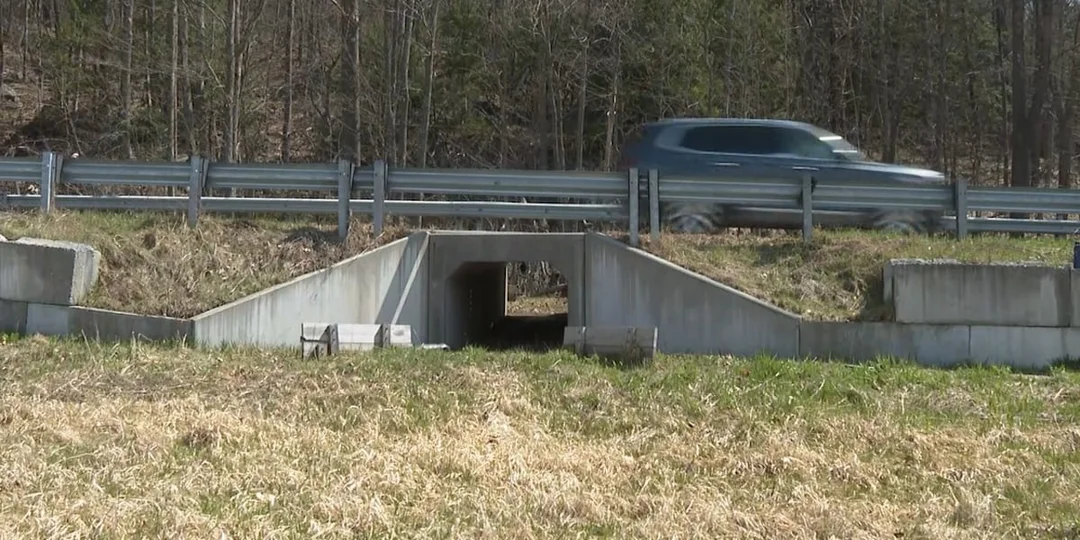
The Impact of Monkton Wildlife Crossing on Amphibian Migration
As spring unfolds across Vermont, a significant phenomenon occurs: amphibians, particularly salamanders, embark on their annual migration to vernal pools—a ritual crucial for their summer breeding. Amidst this natural cycle, an important infrastructure project in Monkton has emerged, raising the question: is the Monkton wildlife crossing truly making an impact?
Installed a decade ago, the culvert in Monkton was designed to facilitate wildlife crossings, specifically targeting the safe passage of salamanders and other local fauna. This initiative aligns with the broader mission of the Vermont Fish and Wildlife Department, which has been actively tracking roadkill incidents across the state as part of efforts to mitigate the dangers posed by traffic to wildlife.
In a recent segment on Wildlife Watch, conservation planner Jens Hilke provided insights into the functionality of the crossing. "It’s essential to monitor how well these crossings work, especially during peak migration times," said Hilke. The ongoing evaluation highlights the interplay between infrastructure development and wildlife conservation, emphasizing the delicate balance that must be maintained in our ecosystems.
Since its installation, the Monkton crossing has become a focal point for researchers and conservationists alike. They aim to gather data on not only the number of amphibians that successfully utilize the culvert but also to assess the overall impact on local populations. Initial reports indicate a positive trend; more salamanders have been sighted making it safely across busy roads, reducing the incident of roadkill.
This case exemplifies a growing recognition of the need for wildlife corridors in urban planning, spearheading a movement toward creating safer environments for all species. As urbanization continues to encroach on natural habitats, such measures become increasingly vital, echoing the call for a harmonious coexistence between humans and wildlife.
The success of the Monkton wildlife crossing raises important questions about future wildlife management strategies. Can similar projects be replicated across other regions facing high wildlife mortality rates due to road traffic? How can communities advocate for infrastructure that prioritizes ecological stability?
As we observe the results from Monkton, it is essential for the public to remain engaged in these discussions. The balance of nature is fragile, and our role as stewards of the environment is more critical than ever. We invite readers to share their thoughts: have you noticed the impact of wildlife crossings in your area? What measures do you think could further support our amphibian friends during their migrations?